Just a day earlier, Houthi forces had fired on US Navy helicopters after they came to the aid of a distressed container ship in the Red Sea. The US Navy returned fire, sinking three small boats and killing Houthi sailors in a naval battle that resembled something out of a Hollywood action movie.
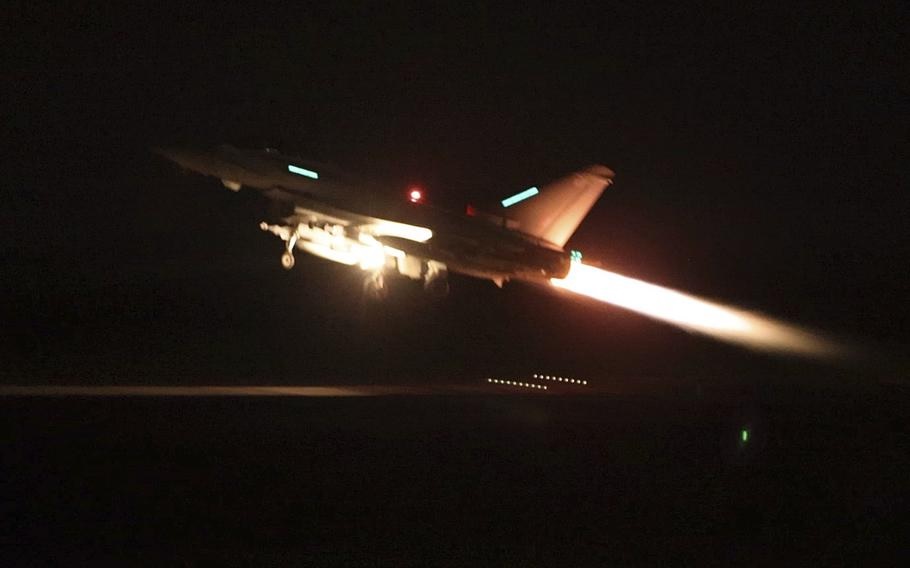
US-led coalition warplanes carried out an attack on the Houthis last Thursday night. Photo: US military
Amid near-daily Houthi attacks on container ships and oil tankers for six straight weeks, shipping costs are rising, and critics of President Biden have warned that America's credibility is at stake.
And then what had to happen happened, after 12 days of continuous meetings to plan diplomatic and military , on the night of Thursday to early Friday morning, the US and its ally the UK launched an air campaign against more than 60 Houthi targets in Yemen. This was followed by a further attack on a radar facility on Friday evening.
Here's how those plans unfolded, according to US and British officials, who provided details on condition of anonymity:
12 days of discussion for the decision to attack
During a New Year’s Day conference, Mr. Biden directed increased efforts to condemn the Houthi attacks at the United Nations and continue to build a multilateral coalition to protect shipping in the Red Sea. He also directed preparations to pursue a second course if diplomacy fails and asked military leaders to finalize a list of targets.
In the days following the initial meeting, discussions with UK politicians and defence planners were held with increasing frequency over time.
The two countries have discussed options including special forces operations, aggressive naval operations and land strikes. The US wants to strike hard from the start, but allies in Europe and the Middle East have advised against an overreaction that could draw the West into direct conflict with Iran, which backs the Houthis in Yemen.
In that context, both US and UK officials are weighing the economic and political impact of this war, especially with 2024 being an election year in both countries. Official assessments also warn of rising inflation and falling GDP in both countries and globally if all-out war breaks out in the Middle East.
Since then, both secret and undisclosed diplomatic activities have continued. On January 3, the United States and 13 other countries issued an “ultimatum” to the Houthis, demanding that the militant group stop its attacks in the Red Sea or pay the price.
In addition, the US has repeatedly sent messages to Iran, calling on it to persuade the Houthis to stop attacks in the Red Sea. Tehran responded that it has no control over the group, despite having certain backing and influence.
On January 9, a major Houthi attack continued to grip the minds of US and British officials, making it clear that diplomacy is unlikely to succeed. The powerful militant group, which controls much of Yemen, launched its largest missile and drone attack in the Red Sea, prompting US and British forces to shoot down 18 drones and three anti-ship missiles.
America and Britain jointly attack
The US national security team met again on January 9, this time with President Biden in Washington, where he was presented with military options from a list of potential targets sent by US Central Command. President Biden chose one of the most aggressive options, a senior official said.
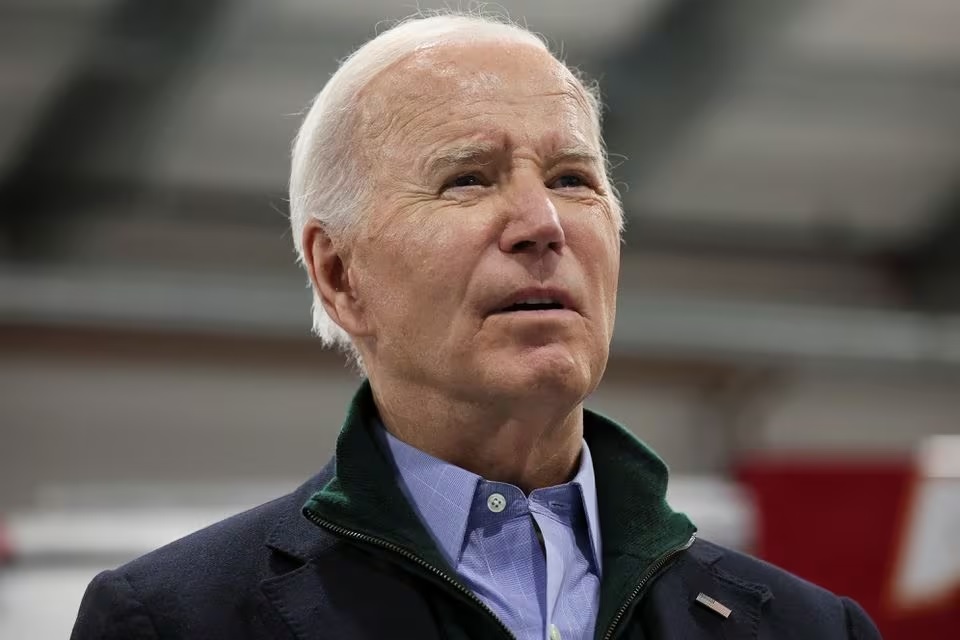
President Joe Biden decided to attack the Houthis after many days of consideration. Photo: Reuters
At the end of the meeting, Mr. Biden directed Defense Secretary Lloyd Austin to launch a military response. Mr. Austin attended the meeting from Walter Reed National Military Medical Center, where he was hospitalized with complications after undergoing prostate cancer surgery.
According to sources, one “constant” running through these discussions was how to find a way out when conflict began.
The Houthis' continued attacks in the Red Sea have also increased the UK's determination to coordinate with the US in attacking the militant group. The Royal Navy destroyer HMS Diamond was among the ships targeted by Houthi fighters. Defense Secretary Grant Shapps and British military leaders also supported the US airstrike plan.
British Prime Minister Rishi Sunak approved the strike plan on Thursday, January 11, while he was visiting Ukraine. Opposition leader Keir Starmer also supported it. Deputy Prime Minister Oliver Dowden went to Admiralty House to watch the military operation unfold. Mr. Biden watched the developments from the West Wing of the White House.
The attack begins
The US and British airstrikes began at around 6:30 p.m. on Thursday, January 11, 2024, in Washington, and 2:30 a.m. Friday, Yemen time. Residents in Sanaa, the capital of Yemen, reported hearing loud explosions and seeing flames shooting toward a series of military targets.
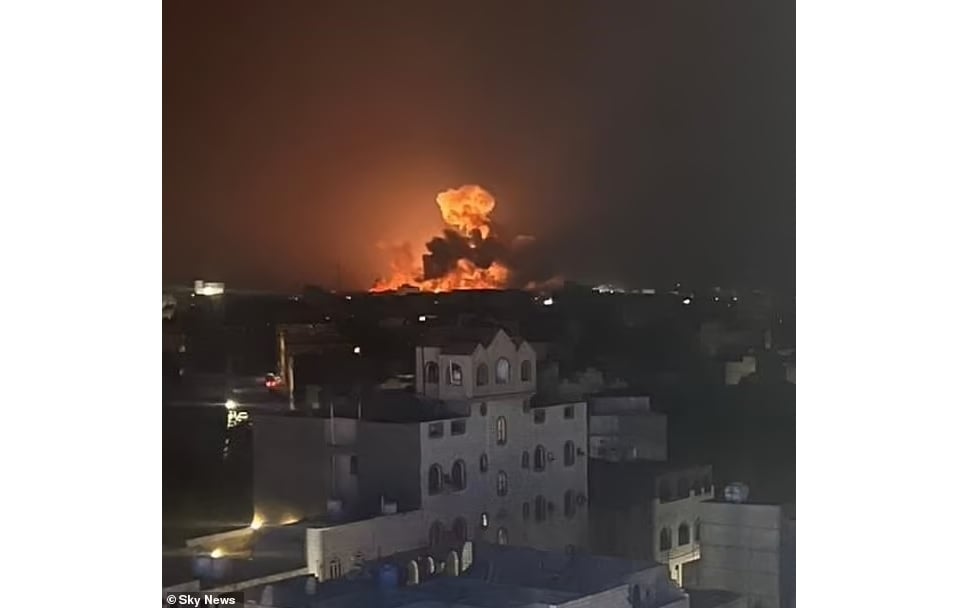
Smoke rises from a military base in Yemen after the US and UK launched military operations against the Houthis on Thursday night. Photo: Sky News
US and British forces attacked radar facilities, storage facilities, missile launch sites and UAVs using fighter jets from the Royal Air Force and the aircraft carrier USS Eisenhower, as well as Tomahawk missiles launched from submarines and surface ships.
A senior US military official said the targets chosen for attack were all targeted to minimize the risk of collateral damage and precision munitions were used for this reason.
Mr Biden warned that further action could be forthcoming from the alliance. “I will not hesitate to direct further measures to protect our people and the free flow of international commerce when necessary,” he said in a statement.
The risk of prolonged and widespread war
In the hours after the air campaign began, the US President's national security team received no information about the Houthis backing down.
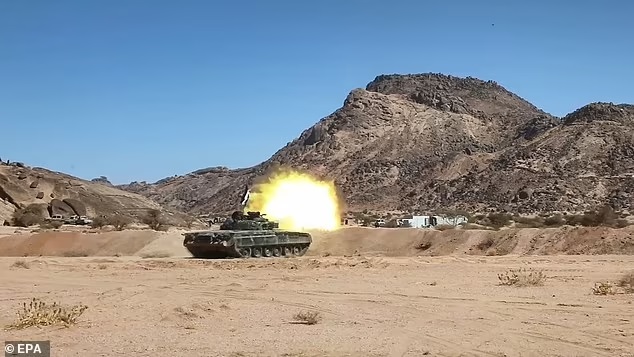
Houthis are conducting massive military exercises to respond to US and UK attacks. Photo: HMC
In contrast, within hours of the attack, tens of thousands of people holding Palestinian and Yemeni flags gathered in Sanaa to protest against the US and Israel. A Houthi leader even said they “could not resist retaliation.” That has not yet happened, although a Russian tanker was narrowly missed by a missile fired from Yemen.
About 24 hours later, the US carried out another attack, described as a follow-up action, targeting a radar system that had not been completely destroyed the night before. It signaled that the US and its allies would not stop attacking the Houthis to degrade the group's capabilities.
The war is just over 48 hours old, but the signs are that it could be a long and complicated one. The Houthis are a very powerful force, not easily defeated. They are even conducting massive military exercises and declaring that they will resist attacks by the US and its allies.
Hoang Hai (according to Bloomberg, Reuters, AP)
Source


![[Photo] Hanoi morning of October 1: Prolonged flooding, people wade to work](https://vphoto.vietnam.vn/thumb/1200x675/vietnam/resource/IMAGE/2025/10/1/189be28938e3493fa26b2938efa2059e)


![[Photo] Keep your warehouse safe in all situations](https://vphoto.vietnam.vn/thumb/1200x675/vietnam/resource/IMAGE/2025/10/1/3eb4eceafe68497989865e7faa4e4d0e)
![[Photo] President of the Cuban National Assembly visits President Ho Chi Minh's Mausoleum](https://vphoto.vietnam.vn/thumb/1200x675/vietnam/resource/IMAGE/2025/10/1/39f1142310fc4dae9e3de4fcc9ac2ed0)



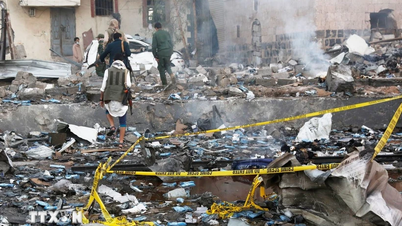



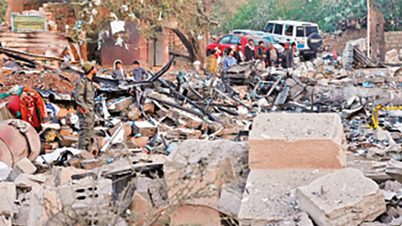

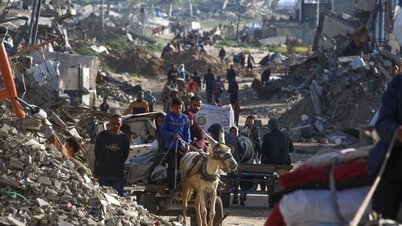


















































































Comment (0)